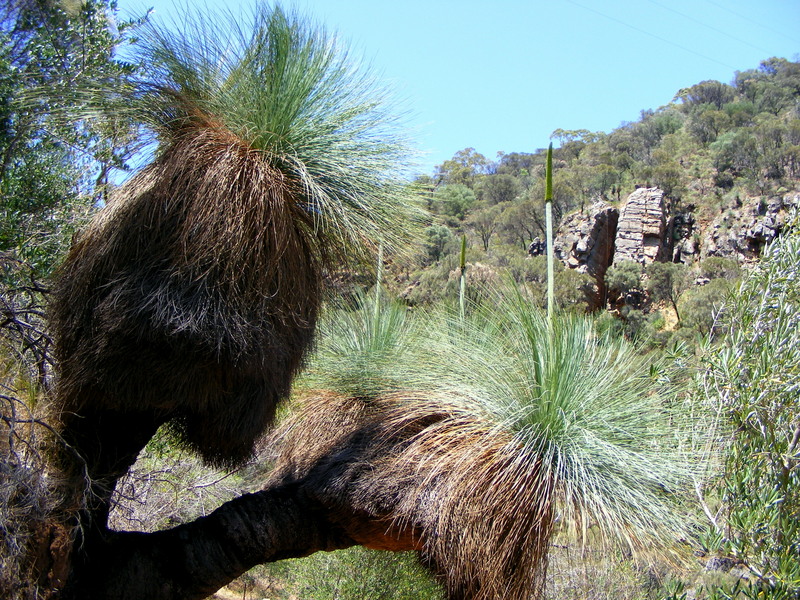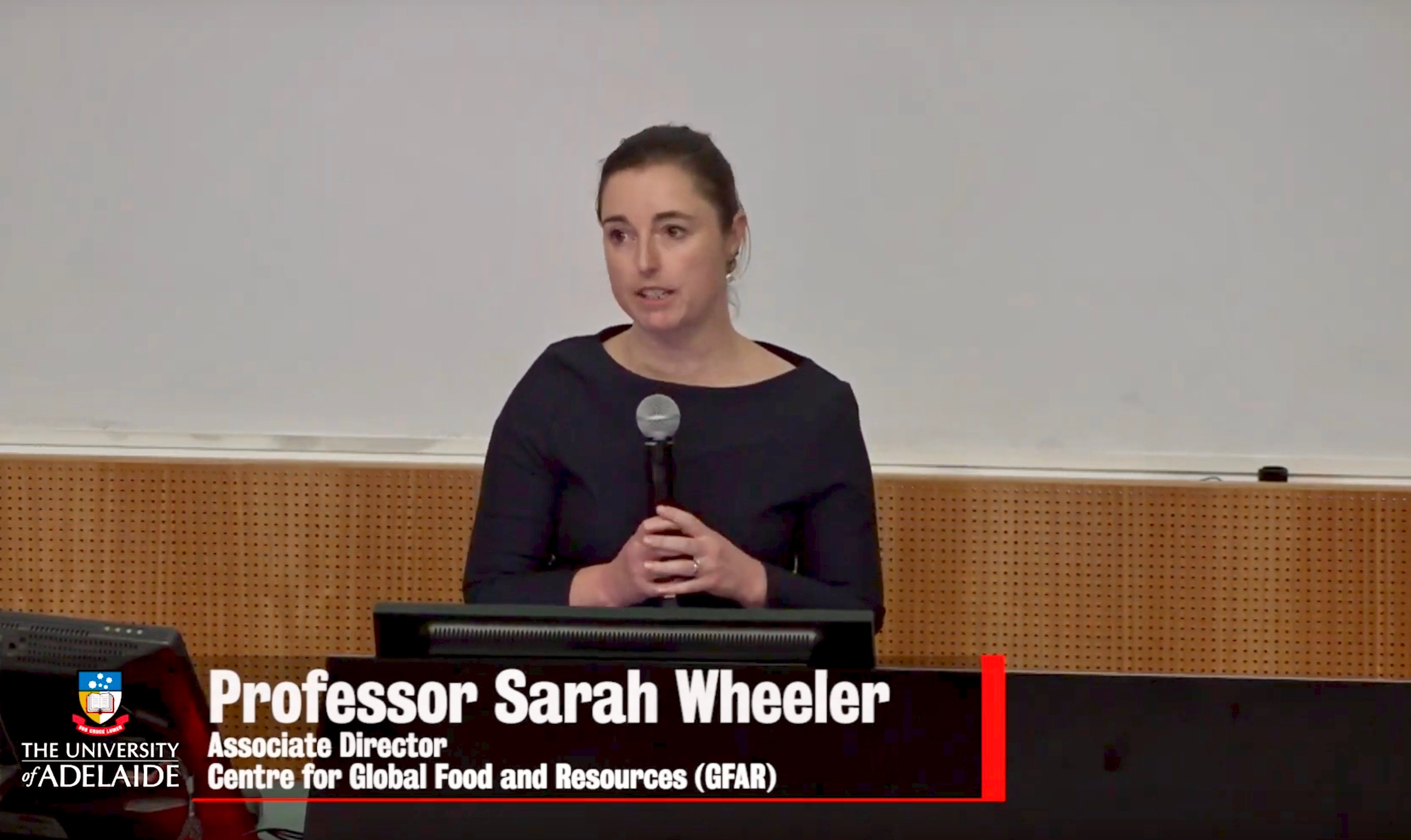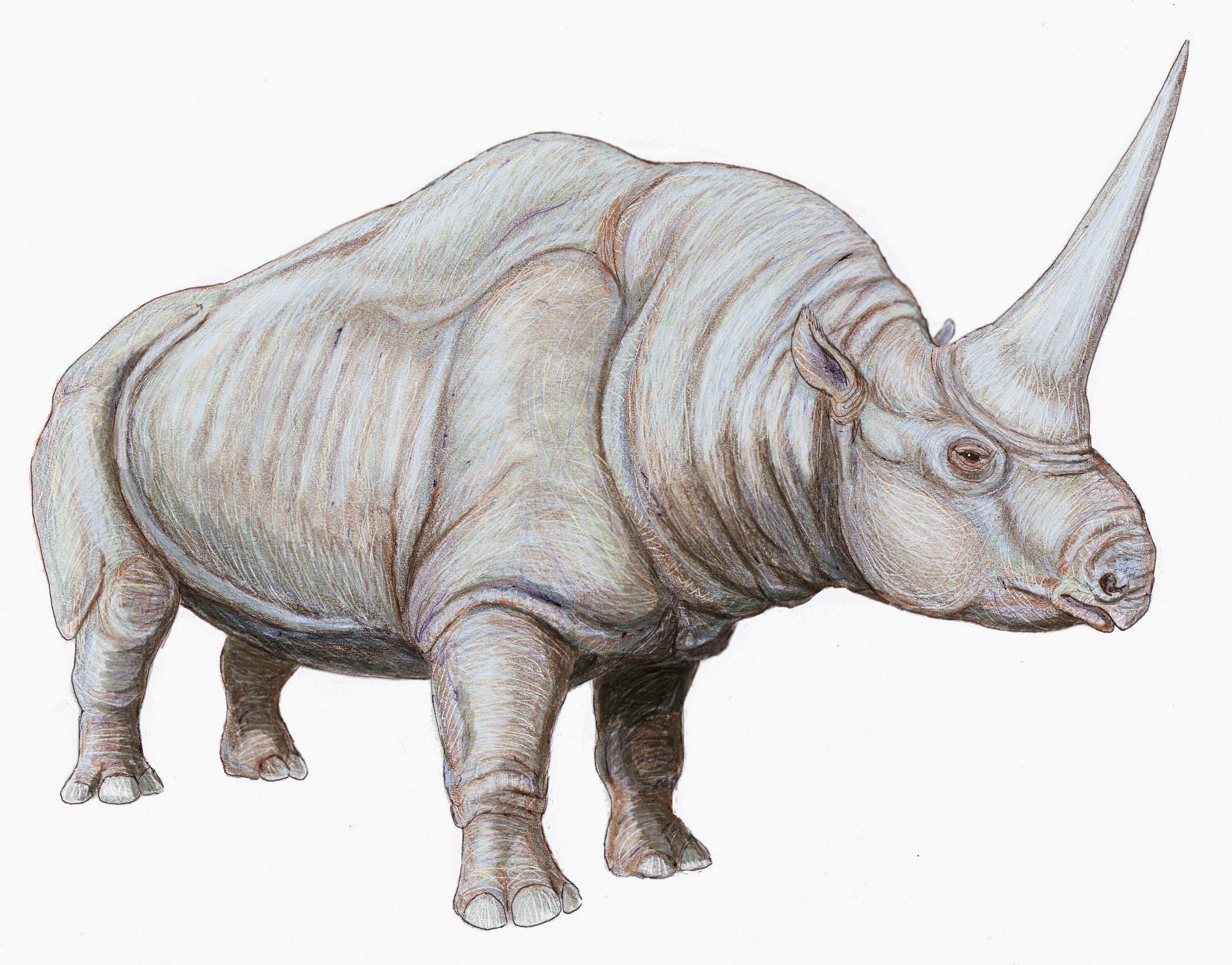Researchers at the University of Adelaide have identified the implications of climate change for South Australia’s plant species and the state’s biodiversity.
“Climate change presents a significant threat to biodiversity,” warns Dr Greg Guerin of The University of Adelaide. “Climate change exacerbates existing problems around habitat loss and fragmentation, invasive species, pathogens, eutrophication, and altered fire regimes.”
“To manage and conserve biodiversity, we must understand how species and ecosystems respond to changing conditions.”
In a significant step towards achieving an Australia-wide understanding of such responses, Greg and colleagues used TERN data to identify the impacts of climate change on South Australia’s plant species and plant biodiversity.
TERN’s Ecosystem Surveillance transects span environmental gradients of temperature and rainfall and cover a wide range of ecosystems that contain unique organisms. By using space as a proxy for time, the research team has used the data and plant samples collected along these transects to predict the impact changing environmental conditions will have on biodiversity.
“To investigate the adaptation of an important plant species to arid conditions and its ability to cope with change, we used TERN field sites, data and samples of the Narrow-leaf Hopbush, Dodonaea viscosa subsp. angustissima,” explains Greg.
“Our analyses of hopbush leaves from the 1880s until the present showed that leaf width has decreased over time. Because plants from warmer latitudes typically have narrower leaves, in the case of hopbush the narrowing of leaves over time appears to be linked to a warming climate. It’s important to understand how plants cope with changing climates, because species that tolerate change are likely candidates for environmental restoration efforts. It also helps us predict the resilience of species and ecosystems,” says Dr Matt Christmas of Sweden’s Uppsala University.
“Genetic analyses and common garden experiments have detected evolutionary adaptation in the functional genes of Hopbush linked to leaf shape and response to environmental stress, and suggest the Hopbush should be able to adapt quickly to changing conditions.”
Despite such adaptations in individual species, the research found that plant community composition is sensitive to even small changes in climate.
“While modest environmental changes can be absorbed by most ecological communities, under more severe scenarios, climate change is expected to drive a wave of local extinction in some South Australian ecosystems, which will be replaced by more arid-adapted species, known as species turnover,” says Greg.
“Significant climate change and species turnover will lead to changes in growth rates and water stress. It’s also predicted to ultimately lead to lower species richness, altered species composition and more uneven abundances.”
The next step, explains Professor Andy Lowe of The University of Adelaide, is to use this empirical understanding of climate sensitivity to develop more sophisticated ecological forecasting.
“We need forecasting that considers complex interactions with fire, habitat configuration and evolutionary adaptation to truly understand how our ecosystems and their valuable services are likely to change over time.”Achievement of such an environmental prediction system—first described in the government’s 2016 National Research Infrastructure Roadmap—will necessitate NCRIS research infrastructure groups working in the environmental area, which includes TERN, to collaborate and integrate observations, predictive modelling and uncertainty assessments for a broad range of research and industry applications.
Predicting impacts on environmental systems will underpin strategic decisions for the management of our continent and surrounding oceans including the development of early adaptions to climate change for domestic and global sustainable growth.
- This research using TERN has been published in the journal Swainsona and can be accessed online here.
- Monitoring ecosystems vulnerable to change is a major focus of research using TERN’s Transect for Environmental Monitoring and Decision Making (TREND), a part of TERN’s Ecosystem Surveillance platform. For more information on this open-access research infrastructure or contact Associate Professor Ben Sparrow
Original article feature on TERN










